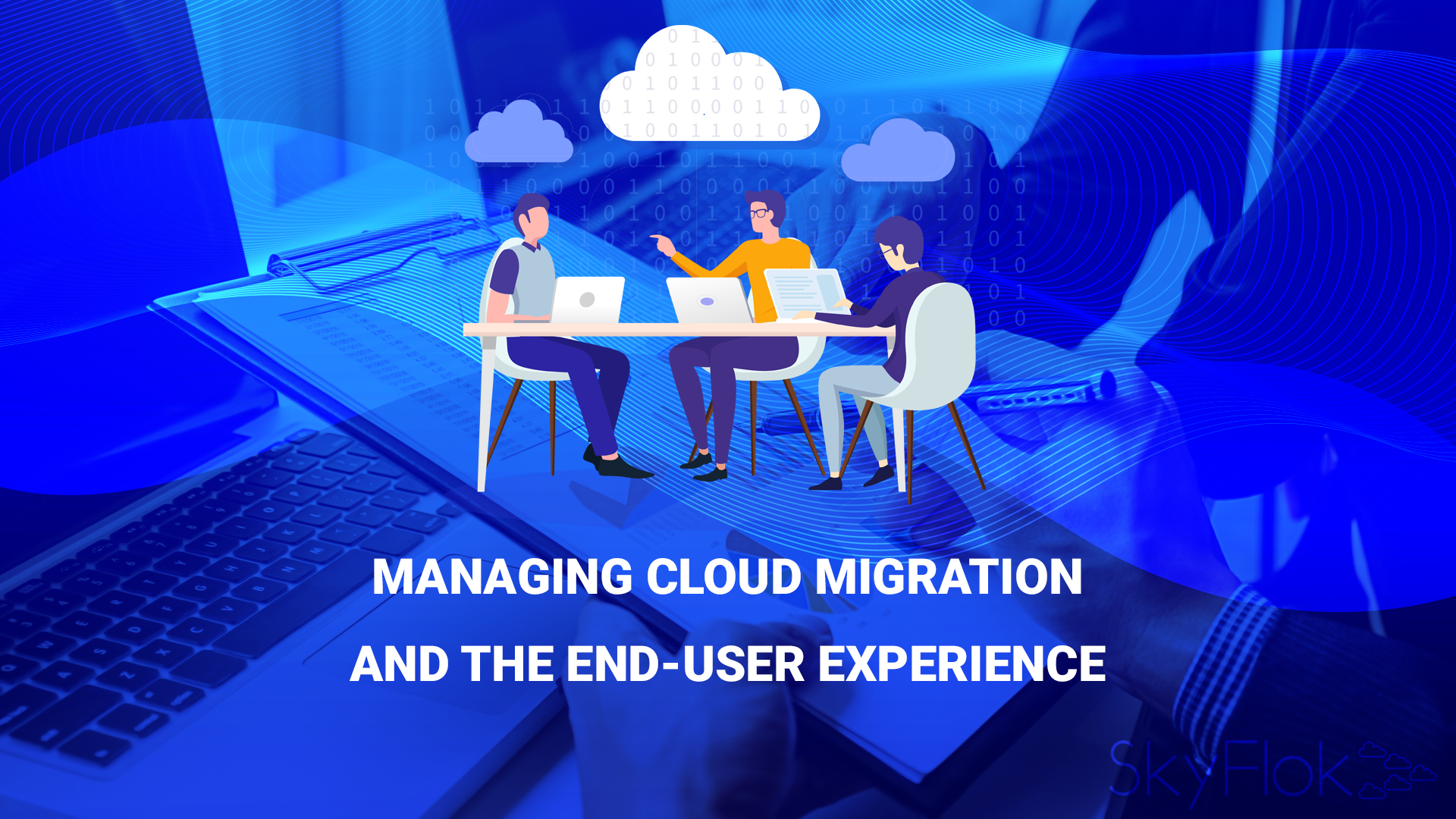Today, the cloud has quickly become the preferred deployment environment for enterprise applications. This shift to using “other people’s infrastructure” has brought with it tremendous variability in the nature and quality of infrastructure-based data security controls.
At SkyFlok, we offer our customers an easy-to-use web application to store and share data privately across multiple data storage providers across the globe. Skyflok follows a multi-cloud by design approach and a single bill at the end of the month: robust, secure, simple.
SkyFlok spreads your data across multiple cloud providers and does not store or transport your data through SkyFlok servers. We keep your data fully protected and do not let anyone to look into it… even the individual Cloud providers you have selected for storage. Your and your clients’ data is safe and you keep full control over it.
The traditional role of the managed services provider (MSP) has, up until recently, been clearly defined—helping enterprise customers with issues around pre-installed software, internal hardware, and servers has been a niche MSPs have filled for years. However, recent changes in IT have forced MSPs to reevaluate where they fit in the bigger picture of their customer’s IT operations.
This change has been brought about by the huge rise in software-as-a-service (SaaS) and cloud storage solutions. In its latest quarterly earnings call, Microsoft® announced the number of Office 365® subscribers had jumped to 31.4 million. This number has steadily risen over the years, and will only continue to rise as Microsoft phases out its yearly standalone Office software and ushers customers over to the Office 365 platform.
The common adoption of cloud-first computing and virtualised desktops has changed the playing field for MSPs. This is often seen as a challenge, but it shouldn’t be—instead, MSPs should see such advances in enterprise IT as an opportunity to forge new revenue streams and responsibilities in relationships with their customers.
The cloud opportunity
MSPs might not have a role in distributing and providing a virtualised desktop like Office 365, but they can play a role in managing the software and offering customers specific services that help mitigate the negatives and downsides of whatever SaaS solution they are using.
Using Office 365 as an example, there are multiple areas where MSPs can provide services to improve upon the overall experience and functionality of the software. One key area is storage. By offering customers a strong third-party backup storage solution, MSPs can provide an essential safety net for the limited cloud-based storage Office 365 offers. The potential importance of this is best explained when put into the scenario of a malware attack or virus causing mass deletion of key company files. The recycle bin is empty, and the important documents and files are lost forever. This is, of course, unless you have all your files backed up on to a third-party storage solution—which an MSP can provide.
‘Cloud to cloud storage’, and the increased protection it offers businesses, is a service all modern MSPs should be providing to their customers and leveraging to justify their necessity to an enterprise’s IT operations.
Office 365 can be an expensive option. All IT departments are looking for ways to cut costs, and MSPs can tap into this sentiment by offering some of the same services as Office 365. Customers may want to pay for the Office 365 cloud-based email service but not the full software, and this is where an MSP can come in to provide a more cost-effective backup solution.
Bold steps towards cloud platform management
There are important services MSPs can provide to those customers who are increasingly relying upon SaaS platforms. Yet MSPs require some blue sky thinking in order to shift from the role they traditionally play.
To be an effective advisor, MSPs need to focus on how they can bridge the gap between the end user and the cloud solution they use. By adding cloud monitoring solutions to their portfolios, MSPs can become a crucial partner to support popular enterprise cloud platforms, like Microsoft Azure® or Amazon Web Services™, monitoring and troubleshooting the end user’s technical issues. This emerging ‘middle man’ role between cloud provider and customer is something all MSPs should be examining and adopting if they are to take advantage of the huge numbers of organisations moving to enterprise cloud solutions in the next few years.
But to successfully pivot into forward-thinking and cloud-focused outfits, MSPs must reflect upon their overall business models. Stereotypically, MSPs have focused their efforts on providing solutions based around troubleshooting and improving devices. Going forward, MSPs should shift their attention towards improving the overall experience of the end user. They will only be able to do this if they boast a portfolio of services that grant the ability to administrate cloud services; this will help MSPs actually manage the platforms used by their customers in everyday office life, thus providing a genuinely vital service.
Migrating to managing end-user experiences
Increased enterprise adoption of SaaS and cloud storage solutions shouldn’t strike fear in the hearts of MSPs, no matter how naturally that notion may come. There are plenty of opportunities for MSPs to provide new services to their customers, but taking advantage of these opportunities will depend on the MSP’s ability to adapt their portfolio of services and shift their overall focus from device performance to end-user experience.
Click here to view original web page at www.comparethecloud.net







